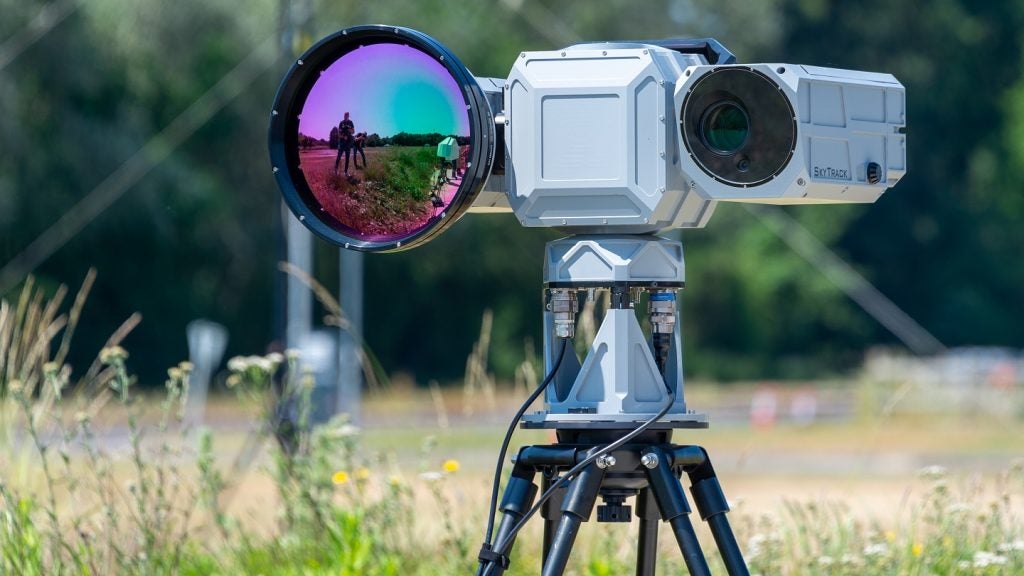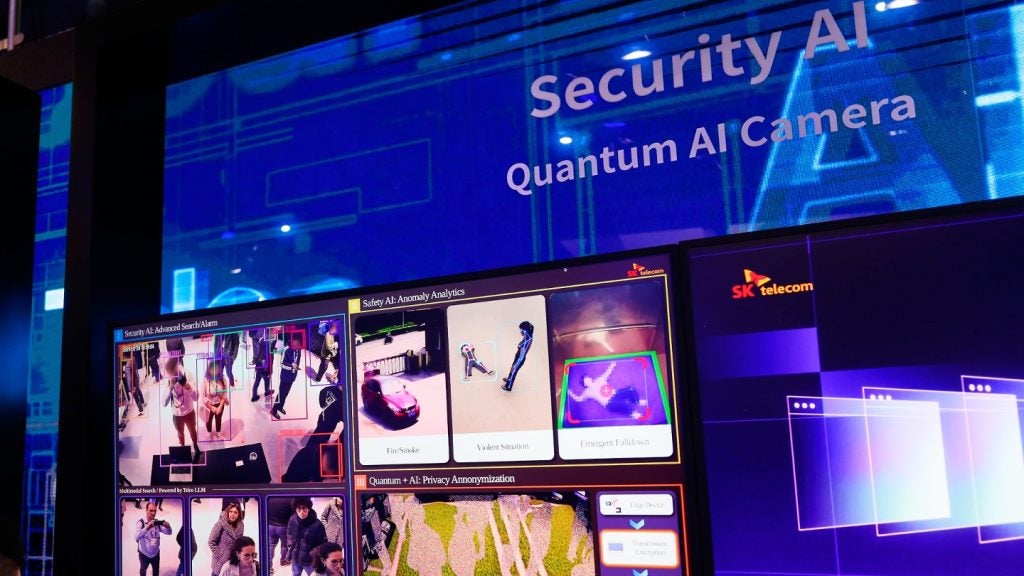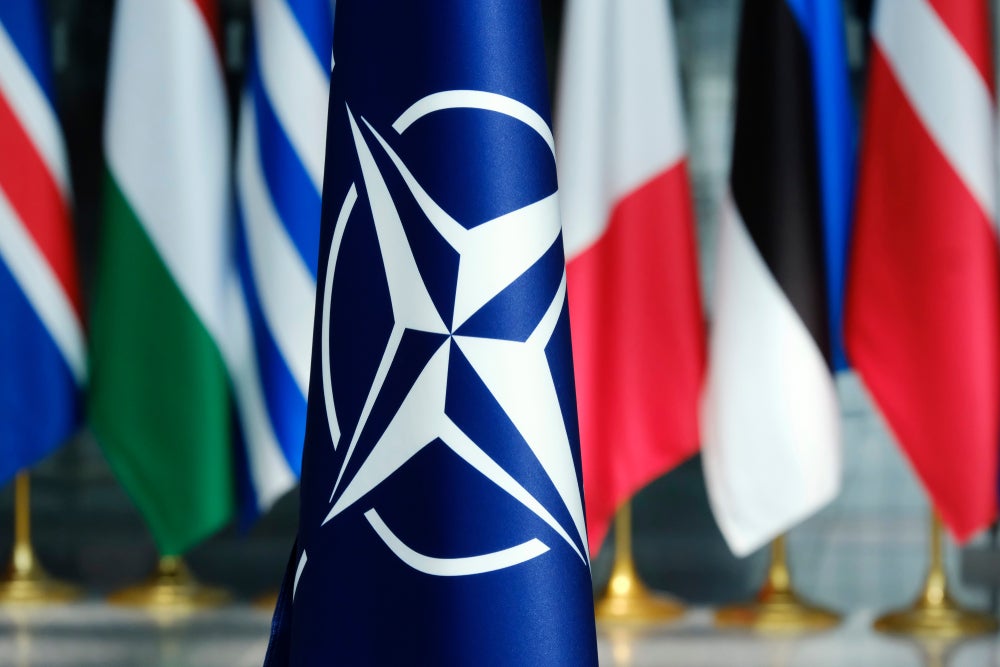
The battlefield can be a disorienting place and amid the noise it can be hard to identify accurately where enemy fire is coming from. Any delay in finding the source of hostile fire makes effective engagement with an enemy much slower and, as a result, puts lives at risk.
As with so many issues on the battlefield, finding the answer to this problem has been a key concern for technology developers, who have been striving to come up with a sophisticated, yet simple system to quickly locate enemy fire. In Afghanistan, where nearly 400 British troops have died since operations began in 2003, UK forces are now implementing a new acoustic sensing system, Boomerang III, and reports from the field suggest that it is already saving lives.
It is estimated that by using optics it can take around ten seconds to identify a firing point, but with the new acoustic sensing technology, an indication of direction and distance is given almost instantly.
"We don’t get a lot of feedback from theatre, but it is clear that it works for locating sources of hostile fire," says Dr Clinton Blackman of the Operational Support and Experimentation Team in the ISTAR Systems and Capability Support Group at the UK’s Defence Science and Technology Laboratory (Dstl). "The system enables more effective engagement as it directs attention to the source of fire. It meets a specific need in the field, which can be a confusing place."
Dstl is the largest scientific organisation within the UK Government, bringing together around 3,500 of the country’s scientists, technologists and engineers. The organisation is dedicated to maximising the impact of advances in science and technology on UK defence and security capability. Its primary focus is on developing systems that win battles and save lives.
See Also:
Within Dstl, ISTAR – intelligence, surveillance, target acquisition and reconnaissance – focuses specifically on systems that improve situational awareness on the battlefield by bringing together the best in academic research with the concept development and design capabilities of Dstl.
How well do you really know your competitors?
Access the most comprehensive Company Profiles on the market, powered by GlobalData. Save hours of research. Gain competitive edge.

Thank you!
Your download email will arrive shortly
Not ready to buy yet? Download a free sample
We are confident about the unique quality of our Company Profiles. However, we want you to make the most beneficial decision for your business, so we offer a free sample that you can download by submitting the below form
By GlobalDataBoomerang III is among its most recent success stories, and a £20 million order for the system from the UK Government is already in place with Essex-based company Maxord Ballistics, which is the UK distributor for the system’s manufacturer Raytheon BBN Technologies.
Rapid response
Acoustic sensing systems were first used in the First World War to locate the source of artillery barrages but, of course, technology has advanced enormously since that time. The principle remains the same: to identify the specific noise made by enemy fire and use its signature to determine bearing and distance. Today, however, the use of proven, commonplace technologies like microphones and GPS systems enables the technology to combine high accuracy with ease of use.
The new system is based on a technology developed by the Defense Advanced Research Projects Agency (DARPA) and BBN Technologies for the US military. The original design was mainly intended for use against snipers on combat vehicles and had its origins in US operations in Iraq in 2003, when troops faced a growing risk from insurgents. It was quickly recognised that troops on vehicles had great difficulty in identifying the source of enemy fire.
Boomerang III uses robust, low-cost components combined with a powerful processing capability that quickly locates the source of fire. This information is then delivered with both a clear vocal indication and a detailed numerical display. Soldiers using the system will see and hear the directional information in the familiar terms of a clock face, as well as the distance of the enemy. For instance, the vocal warning ‘enemy fire, 11 o’clock, 250 yards’ will be backed up by an easily understood numerical display on the device.
By triangulating the signals from an array of microphones, the system can interpret the sound to give the range and bearing of enemy fire, enabling forces to return fire with great accuracy in the shortest possible time.
"The sensing system is uniquely attuned to military small arms fire, which has a unique acoustic signature. So, the system is relatively immune to false alarms," notes Blackman.
"Microphones are small, cheap and low power, so the system is relatively cheap. The signal processing is the important part. It gives fantastically fast analysis in a small package. When we tested the system used by the US military, we found that it was not as good as we thought it would be, but our improvements have made it live up to our expectations."
The technology enables soldiers to respond far more quickly and effectively to enemy fire by finding cover and returning fire with the minimum delay, and one might expect an advantage of this magnitude to come at the price of complexity. Yet, as well as being highly accurate, the Boomerang III system is extremely quick to set up and, above all, simple to use. There is no need for complex or time-consuming training, and this simplicity quickly engenders trust in the technology.
"Boomerang III’s simplicity of use is its main differentiator. It is the simplest system by far, and a rival system on the market is very capable acoustically, but is too complex to use effectively on the battlefield. Our system communicates to soldiers in a natural way. You plonk it down, turn it on and can start using it without lots of training. There is a big premium on simplicity," adds Blackman.
"Users really like it and don’t see it as a burden. It is a very neat technology. It may look ugly, but it is very effective, easy to use and its benefits have an immediacy that makes them clear to see."
The push for portability
Around half of the Boomerang III systems that have been ordered by the UK Government are already in place on the battlefield with British forces in Afghanistan.
Operational units have already praised the design, usability and effectiveness of the system at various checkpoints and patrol bases, and this positive feedback has further encouraged the refinement of the system.
On the back of this initial success, research and development efforts are underway to make a smaller version of the system a single soldier can carry.
"The key thing is to look at miniaturisation so that it can be mounted on an individual soldier. These systems exist already and are being tested, but they are not yet as small or as light as we would like. Manufacturers are working hard on that problem now," says Blackman.
Boomerang III is undoubtedly a technology that addresses a specific and urgent need, and which has quickly found a home on the battlefield.
It is fast becoming an accepted part of the equipment necessary to improve operational effectiveness and save lives, and the success of the larger, yet easily moveable systems already on the ground promises much for the smaller, portable versions of the system that are now in development.
This article was first published in our sister publication Defence & Security Systems International.








